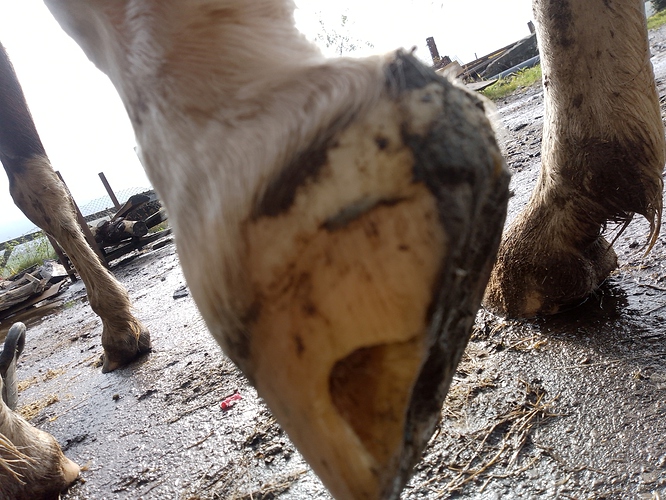Hello, just wondering if anyone could offer some advice please. I called the vet out for my horse two weeks ago due to lameness and he pared away some hoof to release a deep abscess. He said it had tracked quite far up. I kept him inside for a week with clean wraps, antibiotics, Bute and now he’s outside again with the usual hoof cleaning etc every day, no lameness and looking happy. My vet advised wait one month until riding again, is that too soon? I ask because a family member is adamant (they don’t have horses so not sure their right) that I should wait several more weeks for the hoof to regrow and one month is far too soon and would be cruel? I am happy to wait aslong as he needs before riding, the advice is conflicting with my vets that’s all. Please see pic
Thank you to any replies xx


